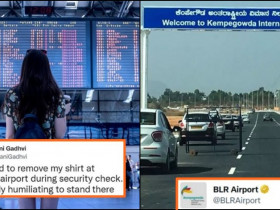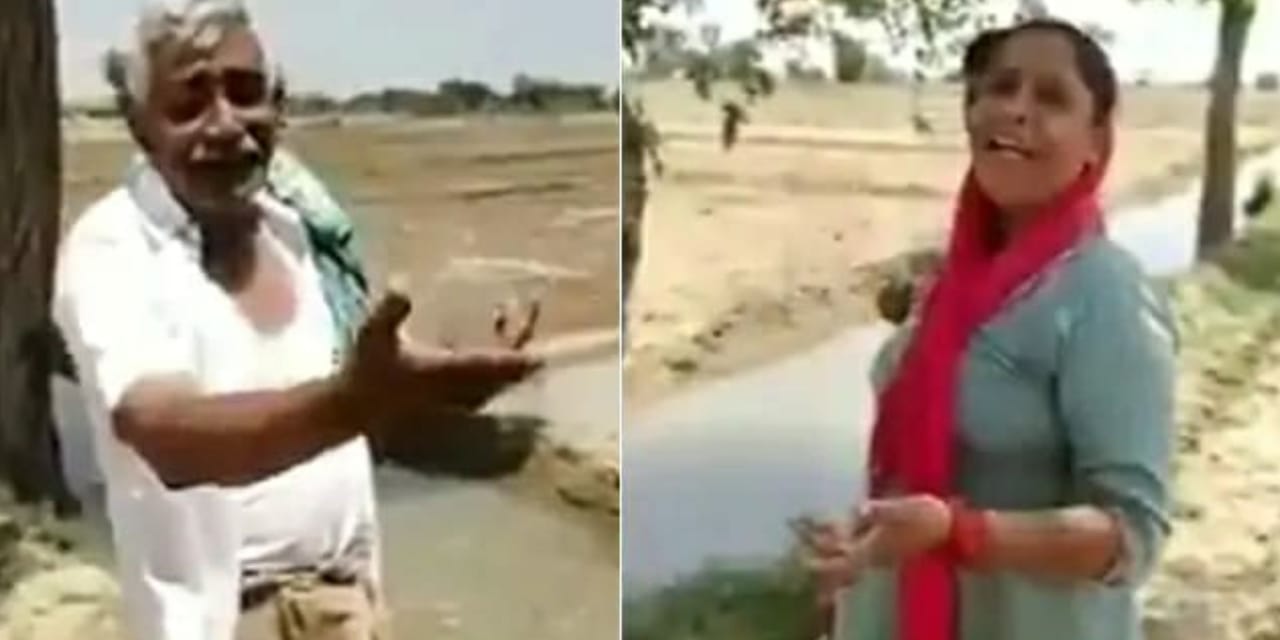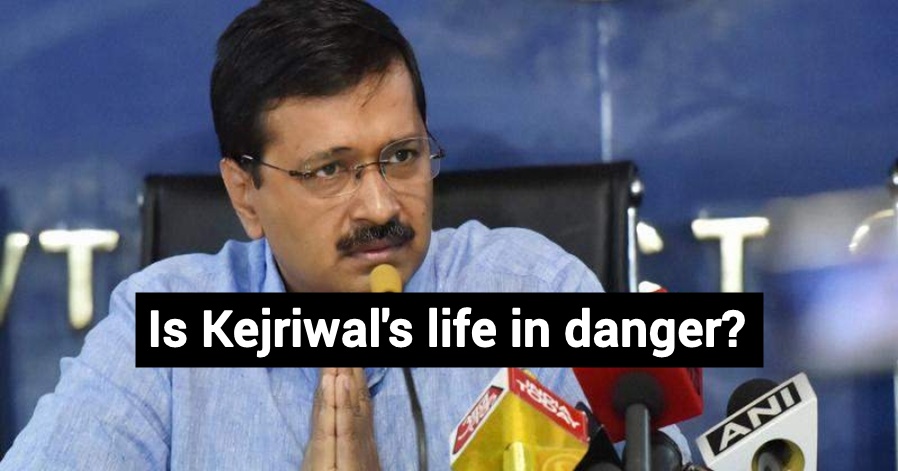Why satellite images are Not clear in India, but crystal clear in foreign countries
Many of you may have used Google Maps and noticed that when comparing satellite imagery of India with that of foreign countries, it appears somewhat blurry in comparison. Compared to another country’s map, India’s shows slightly less detail on roads and buildings. There are two main reasons behind this blurriness in India’s satellite view, with the primary and most significant reason being the country’s regulations.
In recent times, India has imposed restrictions on the maximum resolution allowed for satellite imagery by private companies. This restriction sets the maximum pixel size at one meter, which means that the smallest detail that a satellite can capture and display on the ground will be represented by a 1×1 pixel in the image. In some areas, even lower resolutions are permitted. Small squares create these images, and the finer the squares, the greater the detail. As an example, imagine watching a 720p YouTube video with many small pixels in each frame. In normal photos, these pixels would be too small to see with the naked eye. Satellite imagery is captured on a much larger scale, and its pixel size can vary from a few meters wide.
Many years ago, when satellite sensors became available in India, the government decided that it wouldn’t be prudent to grant special permissions to public and private companies for higher-resolution imagery due to security concerns. Therefore, the one-meter pixel resolution limit was set for all private companies. This restriction was put in place to safeguard sensitive military installations, road networks, and other critical areas from potential misuse, such as spying during tense situations.
Similar restrictions on resolution were imposed in most countries worldwide, both developed and developing, to address security concerns. However, as technology advanced and the use of satellite imagery grew, the demand for higher-resolution imagery also increased. Other countries began updating their resolution limits every few years to balance security concerns with technological advancements. In contrast, India has not updated its resolution limits for 11 years, leading to challenges for industries like logistics and mapping, which require greater clarity.
Another significant factor contributing to the disparity in satellite image clarity is the method of data collection. In many other cities worldwide, Google and other data providers use planes equipped with specialized equipment to capture detailed images instead of relying solely on satellites. However, in India, strict rules and permissions make it difficult for imaging companies to use planes. Consequently, India relies solely on satellite imagery, leading to the observed differences in image quality.
In summary, India’s satellite imagery appears less clear due to restrictions on resolution set by the government and the exclusive reliance on satellite imagery, while many other countries use both satellites and planes for data collection. Although the industry is pushing for higher resolution permissions, bureaucratic hurdles may delay any changes. We’ll have to wait and see when these issues are resolved. If you found this information helpful, please like, subscribe, and stay tuned for our next video.








